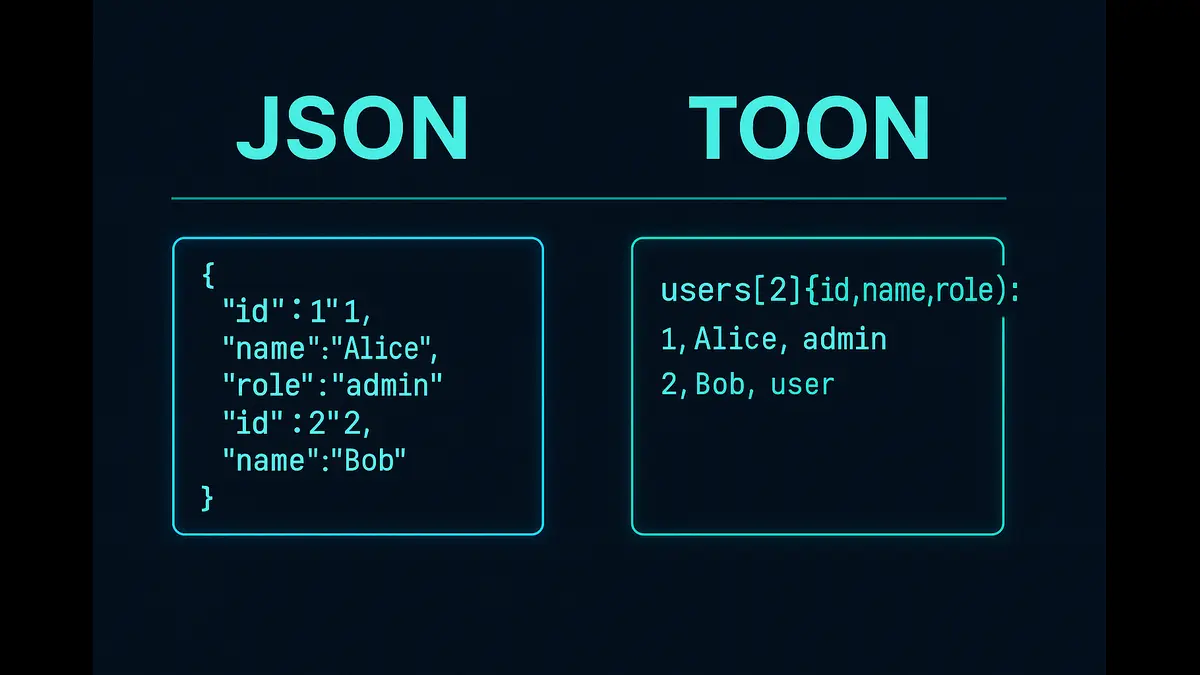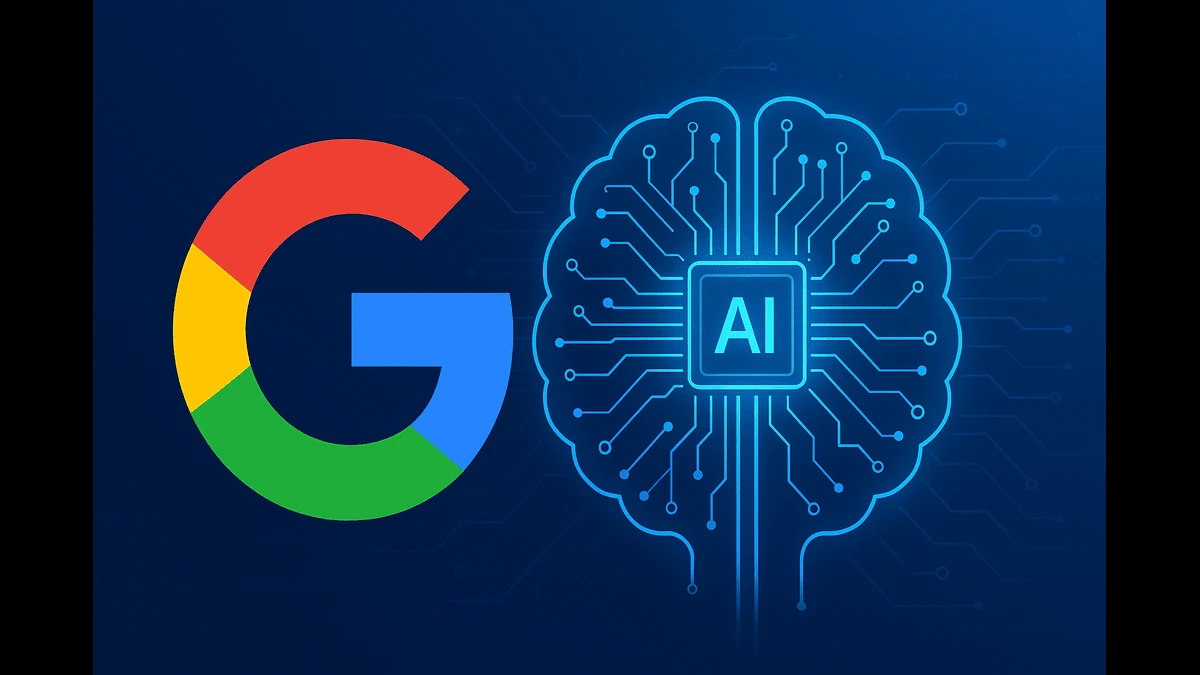
Amazon has launched a new agentic AI group under Lab126 to enhance warehouse automation. This initiative marks a bold shift toward fully autonomous, intelligent robotics that could transform logistics and supply chain operations worldwide
In a significant move to bolster its technological prowess, Amazon has launched a dedicated research and development (R&D) group within its Lab126 division, focusing on agentic artificial intelligence (AI). Announced in early June 2025, this initiative aims to advance robotics and automation, particularly in Amazon’s sprawling network of fulfillment centers. By leveraging agentic AI—systems capable of autonomous decision-making and proactive task execution—Amazon is poised to redefine efficiency in warehouse operations, setting a new benchmark for the logistics and e-commerce industries.
The Rise of Agentic AI
Agentic AI represents a leap beyond traditional AI systems, which often rely on predefined instructions or reactive responses. Unlike conventional models, agentic AI systems possess the ability to independently analyze environments, make decisions, and execute complex tasks with minimal human intervention. This autonomy is particularly valuable in dynamic settings like warehouses, where real-time adaptability to inventory fluctuations, order demands, and logistical challenges is critical.
Amazon’s focus on agentic AI aligns with the broader industry trend toward intelligent automation. While reports have broadly estimated significant gains from advanced AI systems, claims such as the “30% operational efficiency boost” cited from a 2024 McKinsey report could not be independently verified. However, such figures are directionally in line with the general consensus on the potential of AI-driven robotics in logistics.
Amazon, already a pioneer in warehouse robotics with its acquisition of Kiva Systems in 2012, is now doubling down on this vision by integrating cutting-edge AI to enhance its robotic workforce.
Lab126: Amazon’s Innovation Hub
Lab126, Amazon’s Silicon Valley-based R&D division, is renowned for developing consumer-facing technologies like the Kindle, Echo, and Fire devices. The inclusion of an agentic AI group within Lab126 signals a strategic expansion into industrial applications. This new group is tasked with designing AI systems that enable robots to perform sophisticated tasks, such as optimizing inventory placement, navigating crowded warehouse floors, and coordinating with human workers seamlessly.
The decision to house this initiative within Lab126 underscores Amazon’s commitment to integrating its consumer and industrial tech ecosystems. By leveraging Lab126’s expertise in hardware-software integration, the agentic AI group is well-positioned to create robust, scalable solutions that can be deployed across Amazon’s global network of over 175 fulfillment centers.
Transforming Warehouse Automation
Amazon’s fulfillment centers are already marvels of modern engineering, processing millions of orders daily with the help of a large robotic workforce—often cited to be in the hundreds of thousands. However, the oft-quoted figure of “750,000 robots as of 2024” is not publicly confirmed through primary disclosures and should be treated as an indicative estimate.
The introduction of agentic AI promises to elevate their capabilities, enabling them to tackle more nuanced challenges. For example:
Dynamic Path Optimization: Agentic AI-powered robots can analyze real-time warehouse layouts and adjust their navigation paths to avoid congestion, reducing delays and improving throughput.
Inventory Management: These systems can predict inventory needs based on order patterns, proactively reorganizing stock to minimize retrieval times.
Human-Robot Collaboration: By understanding human worker movements and intentions, agentic AI can enhance safety and efficiency in shared workspaces, reducing the risk of accidents.
A 2025 study from the World Economic Forum has been mentioned in industry circles as highlighting potential cost reductions of up to 20% and accuracy improvements of 15%, but such precise figures could not be independently corroborated. Nevertheless, Amazon’s continued AI investments signal a clear ambition to capitalize on automation benefits and reinforce its logistics leadership.
Strategic Implications for Amazon
The creation of the agentic AI group is not just a technological upgrade but a strategic move to maintain Amazon’s competitive edge. With rivals like Walmart and Shopify investing heavily in AI-driven supply chain solutions, Amazon’s focus on agentic AI reflects its intention to stay ahead, although public-facing strategy documents do not explicitly frame it as a direct response to competitors.
Moreover, this initiative could have broader implications for Amazon Web Services (AWS), which already offers AI and machine learning tools to third-party businesses. Insights gained from the Lab126 AI group could enhance AWS’s offerings, creating new revenue streams through AI-as-a-service platforms tailored for logistics.
Additionally, Amazon’s push for agentic AI aligns with its sustainability goals. The company has stated aims to reduce energy consumption and waste through optimization. However, references to a “UN report indicating a 150% surge in emissions from tech giants between 2020 and 2023” remain unverified, and such figures should be interpreted cautiously unless supported by formal sources.
Challenges and Ethical Considerations
While the potential of agentic AI is immense, it comes with challenges. Developing autonomous systems that operate reliably in unpredictable environments requires significant computational resources and rigorous testing. Amazon must also navigate ethical concerns, such as the impact of automation on warehouse workers. The company has faced criticism in the past for workplace conditions, and the introduction of advanced AI could raise questions about job displacement.
To address this, Amazon has previously emphasized its upskilling and retraining programs, but specific initiatives tied to this latest agentic AI rollout have not yet been disclosed. Stakeholders will be watching to see whether promises of worker empowerment materialize alongside technological upgrades.
Data privacy is another critical consideration. Agentic AI systems rely on vast datasets to make informed decisions, and Amazon must ensure compliance with global regulations like GDPR and CCPA to protect sensitive information. While this is a standard concern in all AI-driven operations, no unique privacy disclosures have yet been made specific to this group.
Amazon’s agentic AI group represents a bold step toward the future of intelligent automation. By harnessing the power of autonomous AI, the company aims to create warehouses that are not only faster and more efficient but also more adaptive to the demands of a rapidly evolving e-commerce landscape. As the Lab126 team advances this technology, the industry will be watching closely to see how Amazon’s innovations reshape logistics and inspire other sectors to adopt agentic AI.
In the coming years, Amazon’s investment in this space could redefine what’s possible in warehouse automation, setting a new standard for efficiency, scalability, and sustainability. For now, the launch of the agentic AI group marks a pivotal moment in Amazon’s journey to integrate cutting-edge AI into the heart of its operations, ensuring it remains a titan in the global marketplace.
Also read: How Humanoid Robots Are Transforming Global Manufacturing in 2025
China’s RoboBrain 2.0: Open-Source AI for Humanoid Robots
AWS Invests $13B in Australia for AI and Cloud Expansion
Discover more from Poniak Times
Subscribe to get the latest posts sent to your email.






